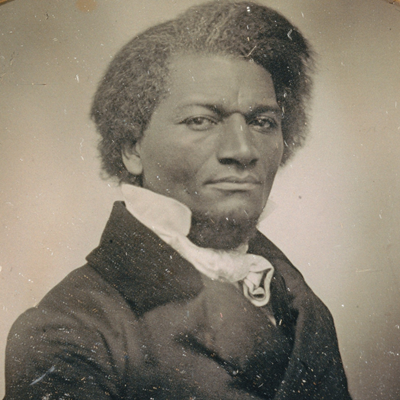
What happens when the most brilliant person on your work team makes everyone want to scream?
Often, at the root of it is a communication problem. We're frequently approached to help people communicate better in one-on-one situations. We find that some of the essential ideas for writing and delivering influential presentations can help in conversations, too.
Here are three ideas that seem to help a lot:
1. See it from your audience's point of view
When it comes to daily interactions, it's easy to forget this fundamental premise of persuasive speaking: How do they see it?
When you look at a frustrating work problem, the nuisance down the hall, or the email that makes you want to pull someone's hair out, try to table your feelings for a minute.
Where's the other person coming from? Do they have different priorities? Are they busy? Having a personal crisis or a bad day? Do they value office processes or think they’re a total waste of time—and why?
When we give speeches to move other people, we spend some time thinking about what might inspire them, what problems they might have that we can solve, or why they might want to take some action we propose. We don't speak with the idea of unloading on them, forcing them to do things they don't want to do, or reprimanding them.
See if you can shift your approach to a conversation by thinking about the other person's point of view.
2. Get clear about your goal
In public speaking, putting focus on the goal often takes focus off of ourselves—and that, in turn, helps us get past nerves and throw ourselves into doing the best job we can.
With difficult people and difficult conversations, a focus on goals is helpful because it motivates you to put in the effort and to be generous as a listener.
One way to think about your goal is to treat it as your why—why do I care to make this work? The answer might be: This person has deep knowledge I need to be successful. Or: Clients really like working with this person, because she gets great results.
Or you might define a goal as a problem to solve or an outcome to change. For example: Instead of saying "you’re doing this wrong," try "we have a process that seems to be frustrating you. How can we resolve it?"
In those cases, you're not attempting to change a person’s lifetime of behaviors, you are addressing a specific roadblock in a nonjudgmental way—something a little less sensitive to work through.
3. Begin where you agree and assume the best of your audience.
We take this approach often with speakers who are talking about issues. Rather than launching into what divides you from part of your audience, work from common ground. Then acknowledge respectfully that there's more than one point of view.
You're looking for ways to keep the conversation going—to keep the audience's ears open—rather than being combative and shutting them down.
The same can work to improve conversations. Go in thinking about common goals. Express a sincere desire to work together to reach them. Count on the other person having good intentions too. Then, talk about your differences or the problems you're experiencing.
The medium matters, too
We're talking about conversations, the kind people have face-to-face. Even more so these days, work communication takes place in a lot of ways, with face-to-face coming in near the bottom of the list. You've probably heard this before, but it's helpful to remember:
- Text and email lack nuance which means a conversation can go off the rails easily, especially if the topic is a heated one. Choose your words carefully. Don’t fire off angry or sarcastic emails.
- Phone calls and Zoom can be a better choice when the topic is touchy, because you can better read the other person's tone and reaction, and they can read yours.






